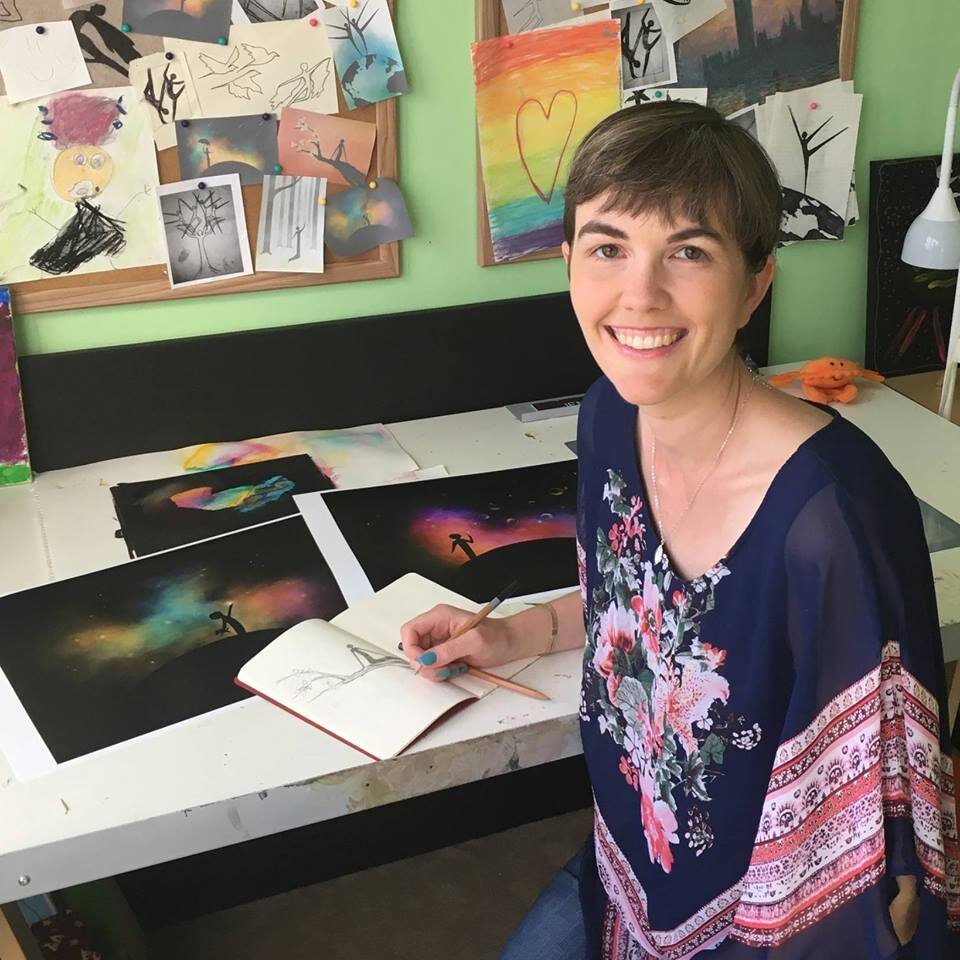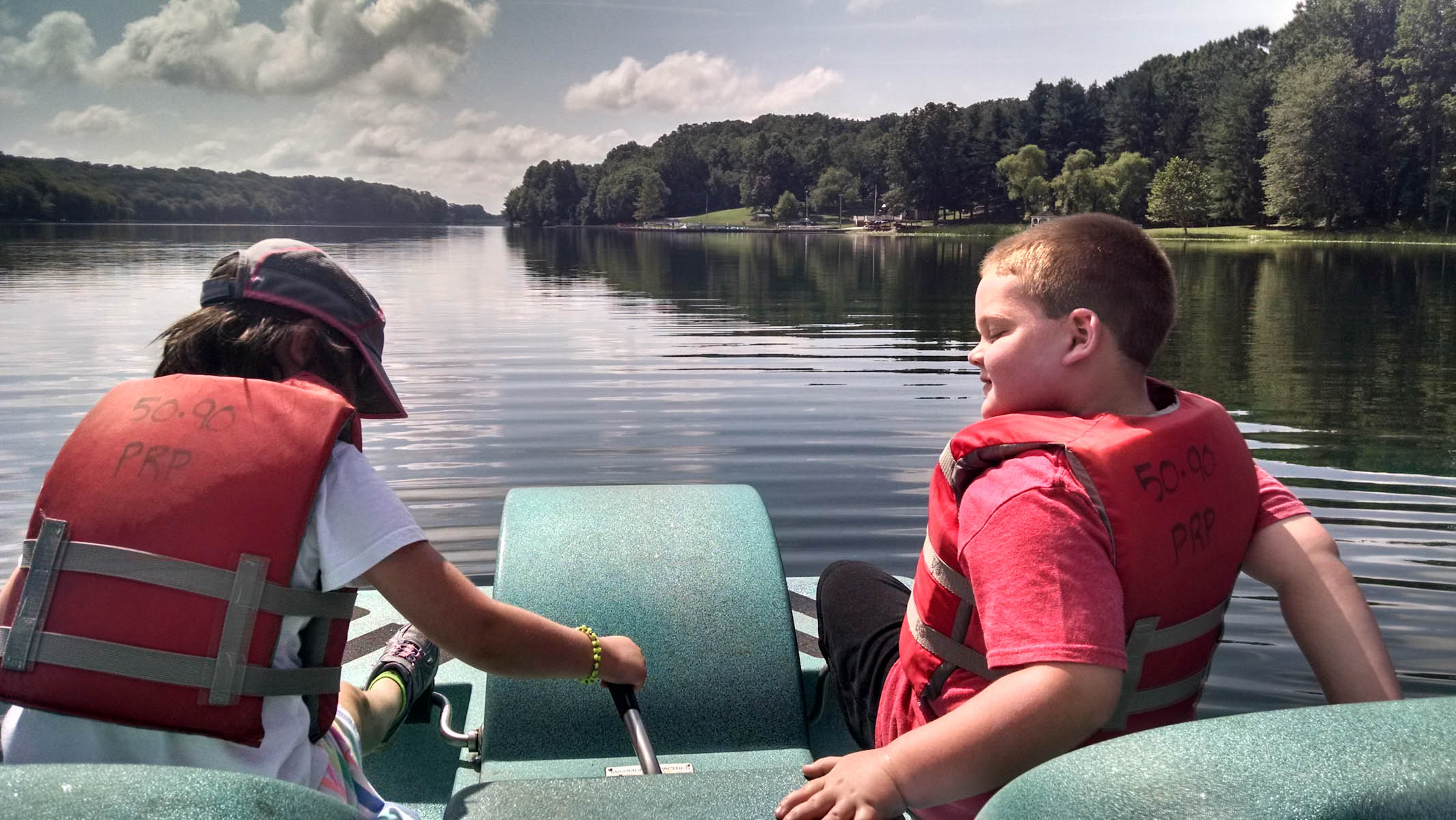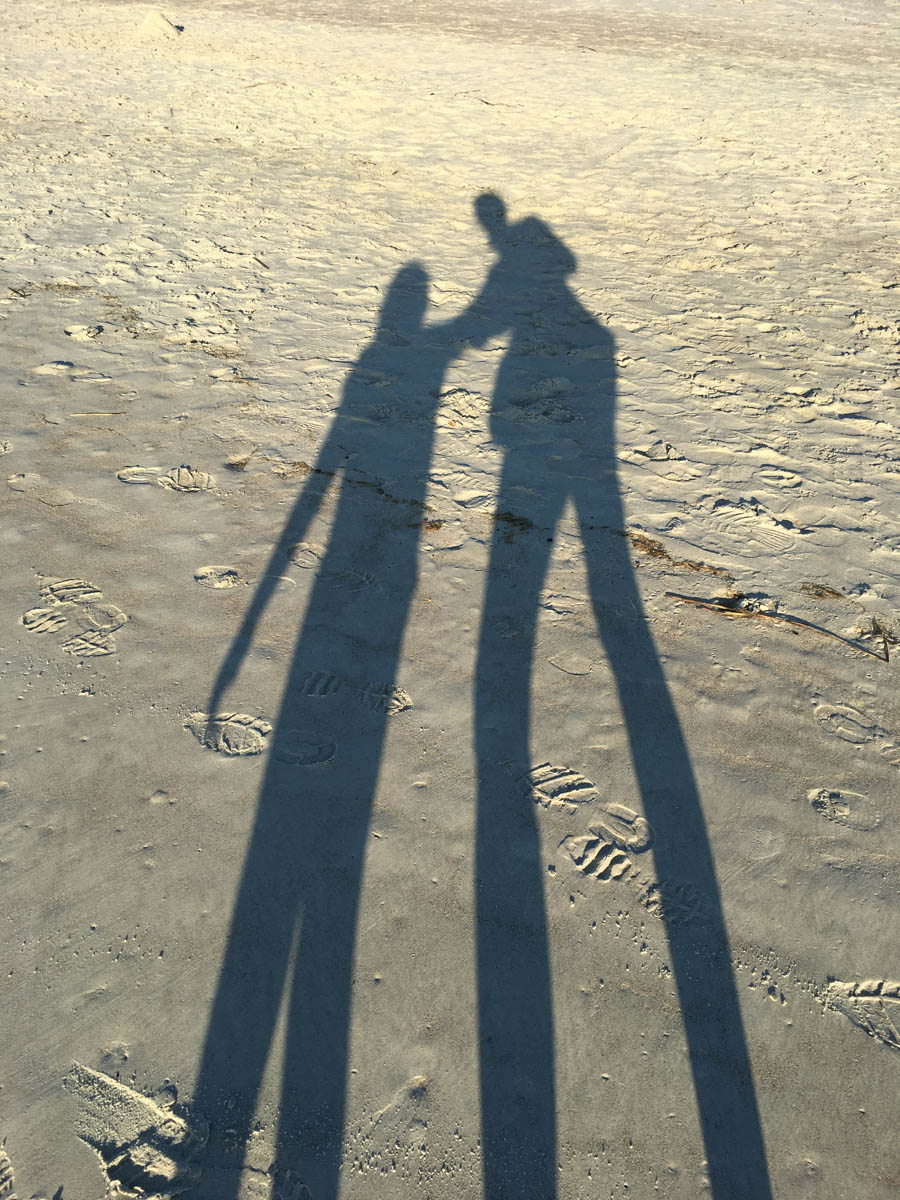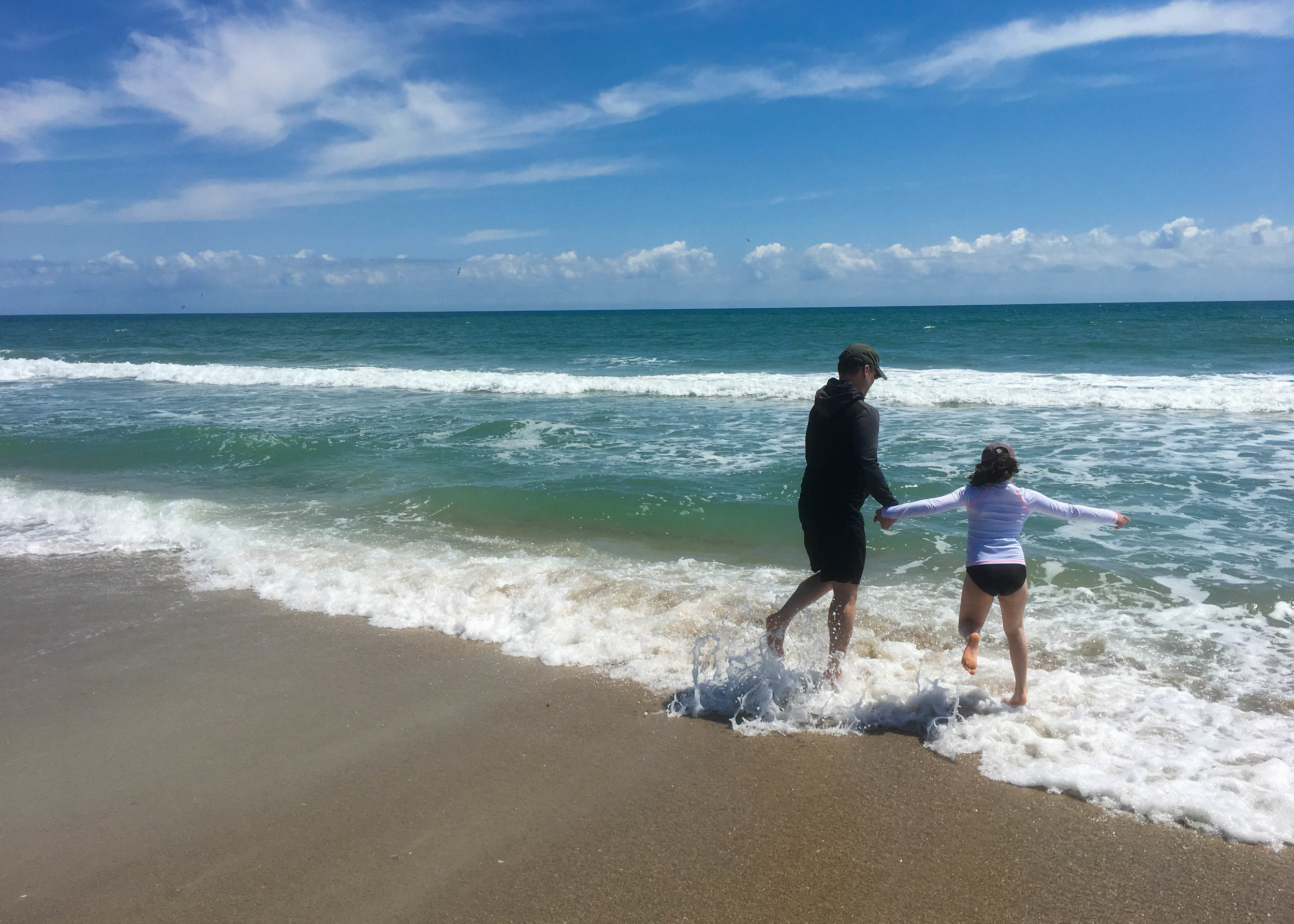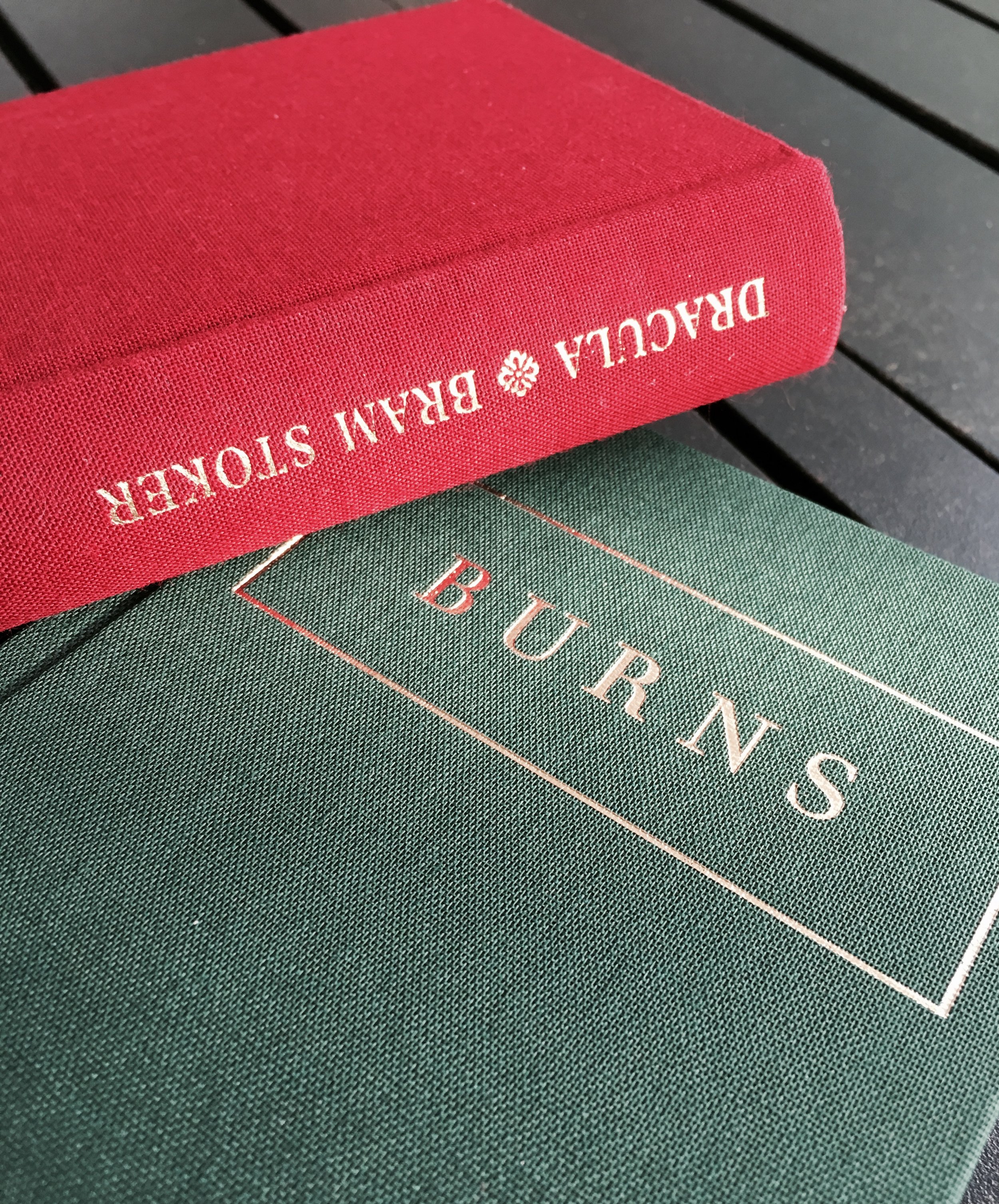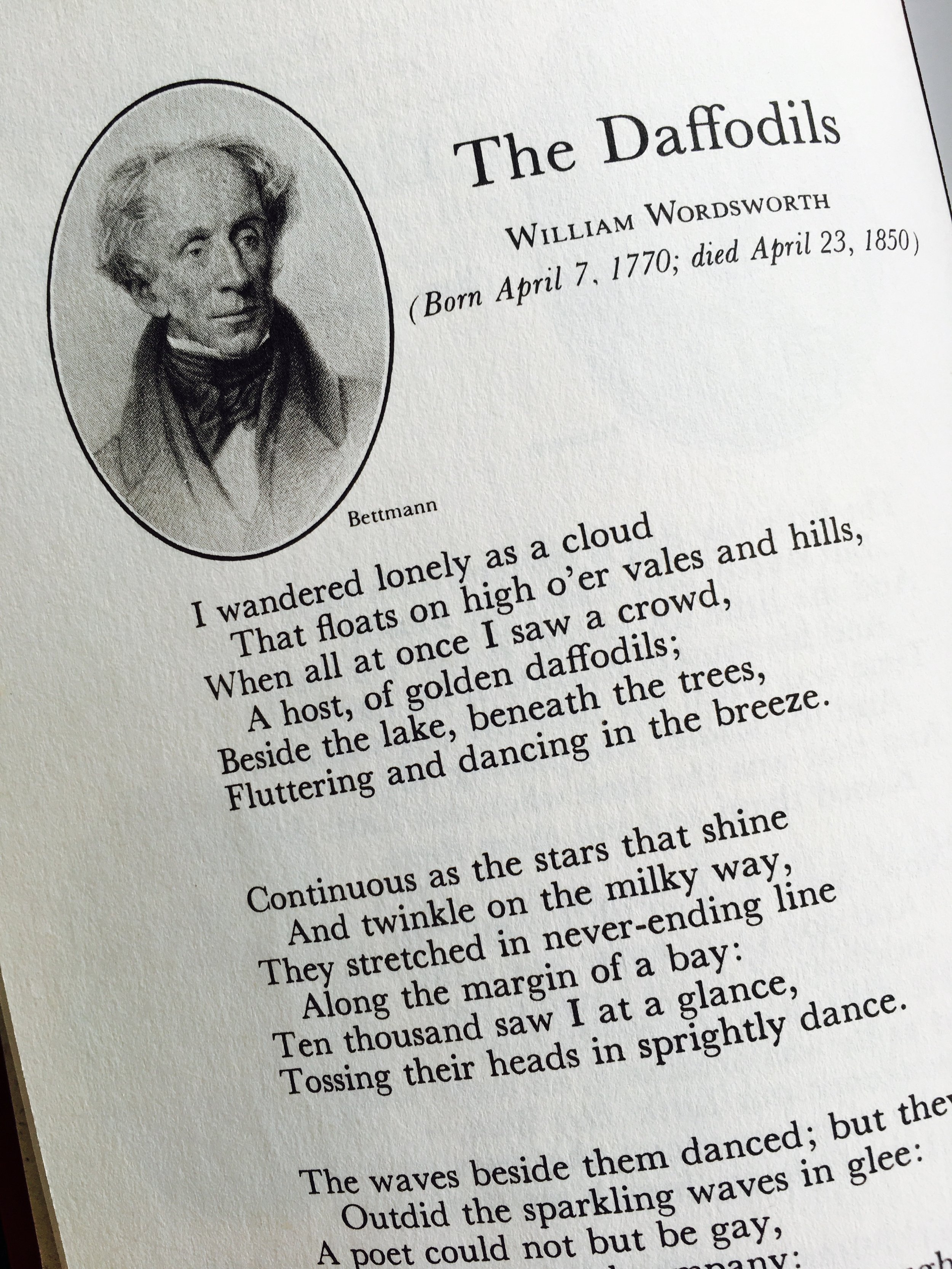An Introduction to Photography: Looking at Life Through a Lens
I’ve been an amateur photographer for years. When I was a teenager, I got this awesome camera that could take panoramic pictures. I would stand on my hill in my backyard every evening in the summer, waiting to capture that perfect panoramic sunset. I loved the idea that I could imagine the world within a box, that I could see the box when I looked around, even without the camera. I could envision a photograph, point my camera, and hope for a great end-result. This was back when I had to get pictures developed. No instant gratification for me. No realizing that I had taken a terrible picture, deleting it and trying again.
Photography is a fantastic form of creative expression. It can be used to document life, allow others to see a new perspective, express feelings and desires, capture a moment in time, or act simply as art, beautiful, illuminating or haunting.
Photography can seem like an intimidating hobby to take up. You can spend an absolute fortune on photography equipment. If you do, you’ll probably manage to take some brilliant photos. The thing is, brilliant photos are as much about composition as they are about gear. You don’t need the latest digital SLR camera with amazing lenses to take amazing pictures. All you need is the camera on your phone, or a cheap digital camera. Taking photos is accessible to nearly everyone, and I think everyone should give it a try. You will look at the world differently once you start taking pictures. You see things you never noticed were there, your world will open up, and so will your creative confidence. If you’re intimidated by photography, I hope I can take some of the fear away. It’s a fun way to express yourself and show the world how you view yourself and your surroundings.
Let’s dive in.
I’m not really going to get into a course on photography. I’m not going to spend time on theory and technique here. I just want to get you out into the world taking some pictures. The first thing you can do is start to observe your surroundings on a daily basis. What do you find interesting? What shapes strike your eye? What colors? Do you see interesting shadows? Does the sunlight come through your window at a certain time of day, leaving a magical quality in the air?
After you’ve started observing, you can start constructing a box in your mind. Imagine that your eyes are the viewfinder of your camera (or for those who only use phones, imagine your eyes are the screen on your phone). Box in what you see. Give boundaries to the scene. Ignore your periphery. Once you start taking pictures, this will come naturally. You will start to look at the world as though it were a rectangle. You can see the edges of the picture before you even set up the shot. Don’t worry, this amazing feature of a photographic mind is not permanent. You can turn it off and call it back up when you need it.
Once you’re ready to start taking pictures, I’m going to offer just a few pieces of advice to get you started. First, is the rule of thirds. This has to do with the composition of your photos, the way your subject will be presented within the frame. The rule of thirds is best explained using a visual. In the picture below, you can see the frame broken into a grid. Your main subject will often look best if it is centered on one of the intersecting lines. The middle of the photo is almost never where you want your subject. I promise, this will make a big difference to the quality of your photos.
Aside from the rule of thirds, I’d recommend getting in closer than you think you might need. I see so many people taking pictures from way too far away. The interest in the subject is lost if there is too much competing background. Don’t be afraid to get up close and personal. And don’t be afraid to try different distances and angles. Experimentation leads to discovery…and great photography. Make sure you’ve got the focus on your subject, unless you’re intentionally trying to create a blurred effect. And don’t be afraid to edit your photos using a program on your computer or the basic editing tools on a phone. Play around with the settings and see what you can create.
Now, let’s get to those Gently Guided Activities:
Activity #1 Find a few subjects that interest you. It may be a flower, a stuffed animal, a piece of food. It doesn’t matter at all. Set your subject up where there is interesting lighting. Nothing too dark and nothing blindingly bright. Try looking with your eyes first, setting up a box in your mind. Then grab your camera and set up a shot. Now, try the same subject, but move closer. Move closer again. Try another angle. Get down low and shoot up at the subject. Try getting above it and looking down. What if you change what’s in the background? Take a series of photos, making small changes between them. See what you like the best. Which images catch your eye. What do you think makes them more interesting than the others. Can you replicate that technique with another subject? Or does another subject call out for a different method entirely?
Activity #2 After you’ve taken some pictures around the house, get outside and experiment with what nature or your city surroundings have to offer. Don’t forget to be observant. Look for things you might normally pass by. Take a series of pictures that represent your home, your town, your favorite spot to hang out.
Activity #3 Now that you’ve got a few pictures under your belt, are there any stories behind the pictures that you took? Is there one shot that’s just begging to have its story told? This can be a true story, based on events surrounding the picture, or a fictional story, inspired by the image itself. Consider using your picture as inspiration to write a short story. It doesn’t have to be any more than a paragraph or two. Look beyond the photograph and see what more there is to tell.
Activity #4 If you’re not in the mood to write, consider telling a story using pictures alone. Take a series of pictures that illustrate a story when looked at in a specific order. Maybe it’s as simple as the story of your day, a photo taken once every hour. Maybe it’s something straight from your imagination, inspired by what you see around you. The possibilities for visual storytelling are endless and it can be great fun to experiment with different ways to present a story, or different stories that can be told from the same series of pictures.
For this one, my husband put together a little photo story featuring a set of separated Matryoshka dolls:
Activity #5 What is your favorite subject? Is there something you enjoy learning about? What are your passions? Can you think of a way to capture those interests in pictures? Can you take a series of photographs that represent who you are? What about a series that represents a member of your family? Could you surprise them with a photo collage all about them?
Here, I asked M to take some pictures that represent her, or things that she loves:
Activity # 6 If you could hang an image on your wall, what would it be? Is there any way you could capture a similar image yourself? Interested in cars? Try shooting a series of tires, headlights and details. Get close. Make the images look abstract. Look for cool colors and interesting features. What about magic or wizardry? Get a little dry ice and some food coloring and whip up a smoking potion to photograph. Do you love to read, like I do? Take pictures of books. Go to a used book store and take pictures of the spines of old books. Snap a picture or two of text from your favorite books. These are just a few examples of ways that you can create your own decoration for your space, using your newfound photography skills. You’ll love having something that you made yourself decorating your walls.
If you take any pictures, let me know.
Share your favorites on the Bonnythings Creative Facebook page! I’d love to see them!
